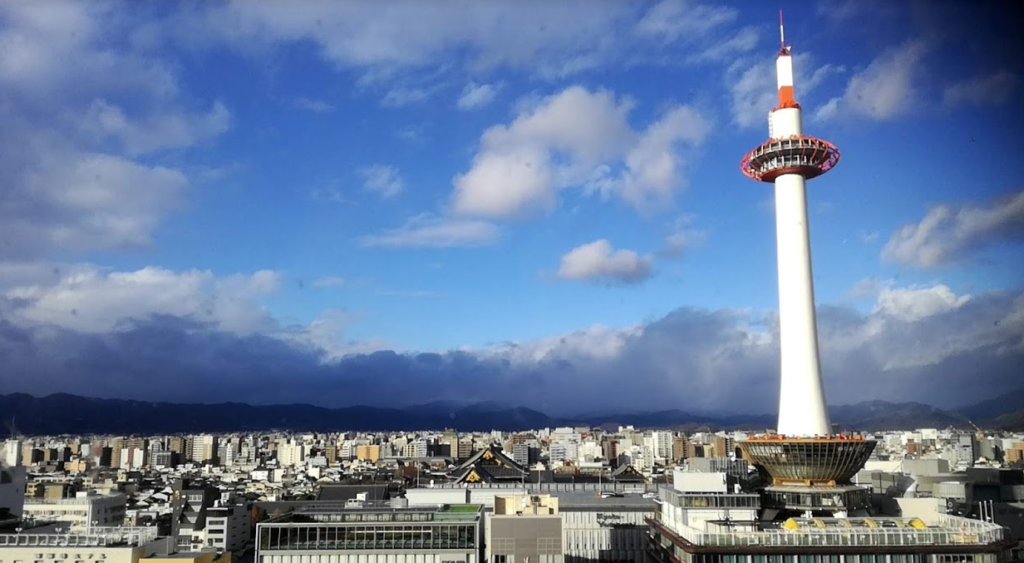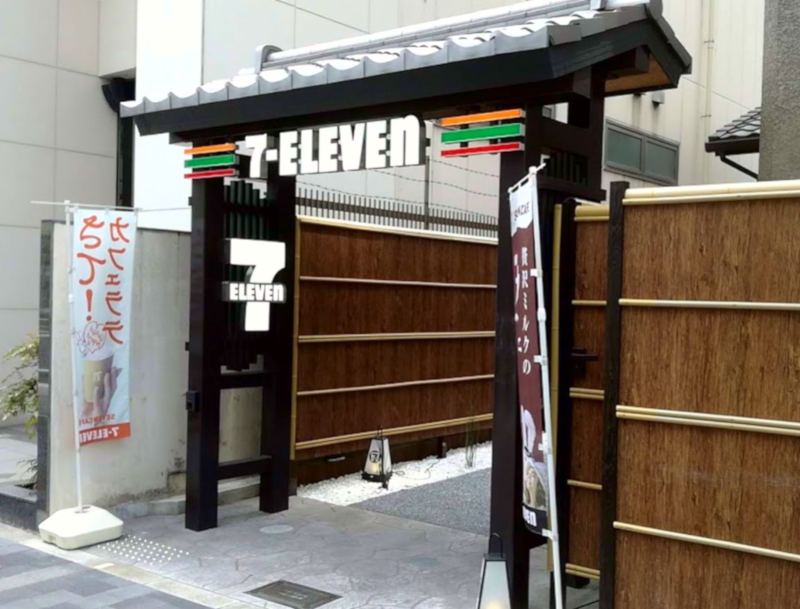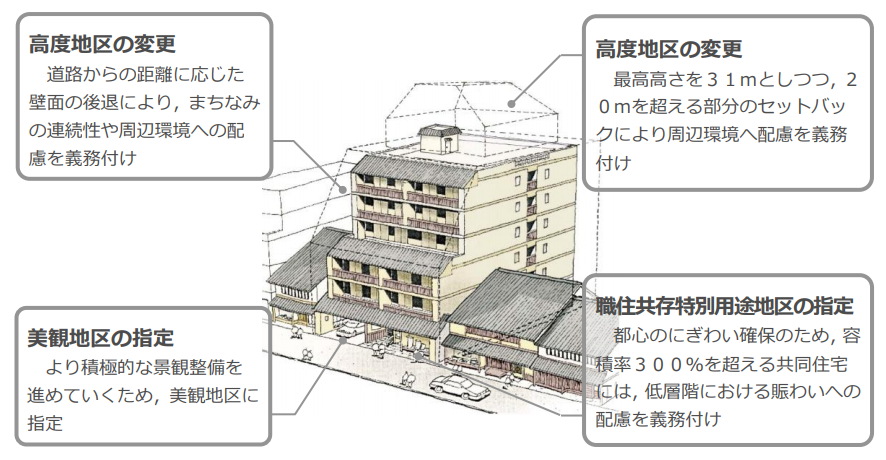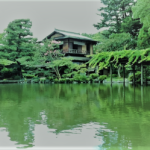
This time we will introduce the characteristics of the property unique to Kyoto.
I notice that there are times when I compare the properties in Osaka and Kobe with those in Kyoto.
That means that there is no tower apartment in Kyoto.
However, if you think about it well, that is obvious.
If the high-rise modern architecture is towering in the townscape of Kyoto-like town houses, the atmosphere of the ruin is ruined and the visitors
are disappointing.
After the world war 2, many Japanese cities underwent urban development under the name of urban development, the good old city streets were disorderly replaced by modern architecture, the landscape was greatly impaired.
While promoting modernization, Kyoto decided to preserve the scenery like Kyoto which Japan boasts of the world boast, regulating the height and design so as not to disorderly modern-architectural buildings.
I will explain a little about the circumstances and details of the landscape conservation Kyoto promoted.
Kyoto City established “City Landscape Ordinance” in 1972 (Showa 47), designated the aesthetic district, special conserved shopping area, etc.
In 1996, strengthening of landscape regulation, height regulation etc. was launched. After that, in 1999 (Heisei 11) “Kyoto City basic concept” was formulated.
In 2007 Kyoto city introduced the “New Landscape Policy” centered on strengthening building height regulation.
This policy is an unprecedented landscape regulation, which restricts the height of the building to 31 meters at the most, so that it is possible to set eaves eaves on the first floor facing the street and more than three floors over 20 meters It is obligatory to set back the outer wall.


In addition, outdoor advertising was banned, and signs and neon signs that were listed in the place facing the roof of the building or the street until then were removed. The signboards of convenience stores and fast foods are also restricted in height so as not to damage the landscape, and the signs are replaced with signs of a sober color such as brown.

In order to preserve the scenic landscape and the landscape of Kyoto which is the property that has been handed down since long ago, the “Scenic landscape creation ordinance” was established ahead of the whole country. The point where you can see the excellent view of Kyoto is defined as the viewing point, and the height, color and design are subject to regulation for the building that damages the view from the viewpoint. The view subject to conservation includes 38 temples including temples and shrines that are world heritage sites and the mountains of the Gozan fire, and views from Higashiyama and Kitayama from the Kamogawa River. By doing this, the view like Capitol Mountain can keep its excellent atmosphere.
Kyoto is a city that has put emphasis on the value and scenery as a city for a long time, and the consciousness to protect the landscape is higher than any other city. Therefore, I have repeated discussions every time building a new high-rise building. Even ‘Hotel Okura’ and ‘Kyoto Station Building’ are subject. And the landscape ordinance is what the feelings of conservation express in form. The strict restrictions on buildings under this ordinance and the efforts of the citizens who have kept it are keeping Kyoto one of the world’s most scenic cities.
We are continuing conservation activities to keep Kyoto beautiful.
Also think about what you can do to keep Kyoto beautiful.

